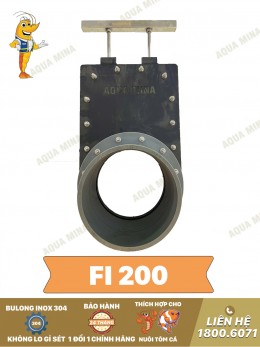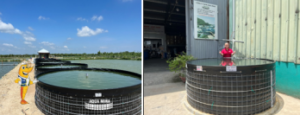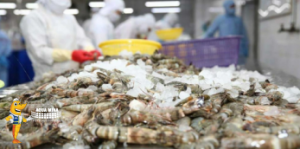Farming Shrimp
Causes of Failure in Shrimp Farming
Using earth ponds for farming: Even after renovating and disinfecting the ponds, diseases still persisted. Pathogens remained in the soil, and after a short time, they would re-emerge, causing disease in the shrimp and fish.
Earth ponds allowed crabs and other creatures to bring diseases into the ponds, spreading them to the shrimp and fish.
The large size of earth ponds made it difficult to monitor feeding and growth, and by the time disease was detected, it was often too late.
Recognizing that to succeed in shrimp and fish farming, a new model had to be adopted, Mr. Tuan decided to use steel-framed, tarpaulin-lined raised ponds.
According to Mr. Hoang Ngoc Tuan, using lined raised ponds isolates pathogens completely. Simply switching to this model already increases the success rate of farming by 50%.
25% of farmers implement a two-phase farming process: In phase one, the juvenile shrimp are raised in a nursery pond for 30-35 days before being transferred to the main grow-out ponds in phase two.

Thus, the pond within a pond model, with small, round ponds made of stainless steel frames, covered with HDPE tarpaulins, featuring a funnel-shaped bottom and vertical walls, is placed within the old earth ponds. Mr. Tuan quickly implemented this pond within a pond farming method.
Shrimp Farming Model: Pond Within a Pond
With a total area of 2 hectares, Mr. Tuan’s intensive shrimp farming area consists of four round ponds, each 35 meters in diameter and 1.2 meters high. The ponds are fully equipped with aeration systems, air tubes, water paddle wheels, and automatic shrimp feeders.
The farming process is divided into two phases:
Phase 1: Juvenile shrimp are raised for about 30 days in one of the raised ponds, at a density of about 3,000 shrimp/m².
Phase 2: The juvenile shrimp are transferred to the remaining raised ponds for commercial farming, with a density of about 300 shrimp/m². After 90-100 days, the shrimp reach an average weight of 40 shrimp/kg and are harvested.
Mr. Tuan shared that in the first farming cycle, with a stocking density of 300 shrimp/m², after over 3 months of farming, the shrimp in the raised ponds reached an average weight of 40 shrimp/kg, yielding over 8 tons. After deducting costs and asset depreciation, he earned about 300 million VND in profit.
Mr. Tuan shared that using raised ponds like these makes use of old, abandoned, or low-efficiency earth ponds, while maintaining complete environmental isolation within the raised ponds. Intermediate disease carriers like crabs and other creatures cannot enter. All workers entering the ponds must wear boots, pass through a basin containing potassium permanganate solution, and sanitize their hands with 70-degree alcohol to minimize the risk of disease.
Mr. Nguyen Xuan Phuong, Deputy Head of the Department of Agriculture and Rural Development of Gio Linh District, assessed that in addition to reducing investment costs, the pond within a pond model of raised shrimp farming makes management and care easier, minimizes environmental pollution and disease risk, and is considered a modern shrimp farming method with many superior advantages, offering safety, sustainability, and economic efficiency. It is also widely applicable due to moderate investment costs and a technical process suitable for local shrimp farming households. Depending on economic conditions, farmers can design ponds ranging from 200 to 700 m². In the near future, the Department of Agriculture and Rural Development will propose that the District People's Committee expand this model throughout the district, Mr. Phuong affirmed.
Ngày đăng : 17/10/2024
1779 View
Other Articles
Vietnam’s shrimp export outlook in the first quarter of 2026 continues to face heavy pressure from tariffs.
New England’s shrimp fishery to shut down for the long haul after years of decline
Crab exports to the United States account for more than 80%.
Thailand sets a target to increase shrimp production to 400,000 tons by 2026.
CTU-RAS: Recirculating Shrimp Farming for Sustainable Development
Vietnamese aquatic products reach new markets
Global Shrimp Forum: Global shrimp trade is reshaping
China’s Import Value Up 10%, Vietnamese Shrimp Remains Among Leading Suppliers
After the 7.5-magnitude offshore earthquake in Aomori that injured 34 people, Japan has issued a warning about a potential mega-earthquake
India’s shrimp exports accelerate despite the trade war with the United States
Portuguese food group acquires 18% stake in cod farming company Norcod
Indonesia implements radioactive-free shrimp certification for exports to the United States



















.jpg)